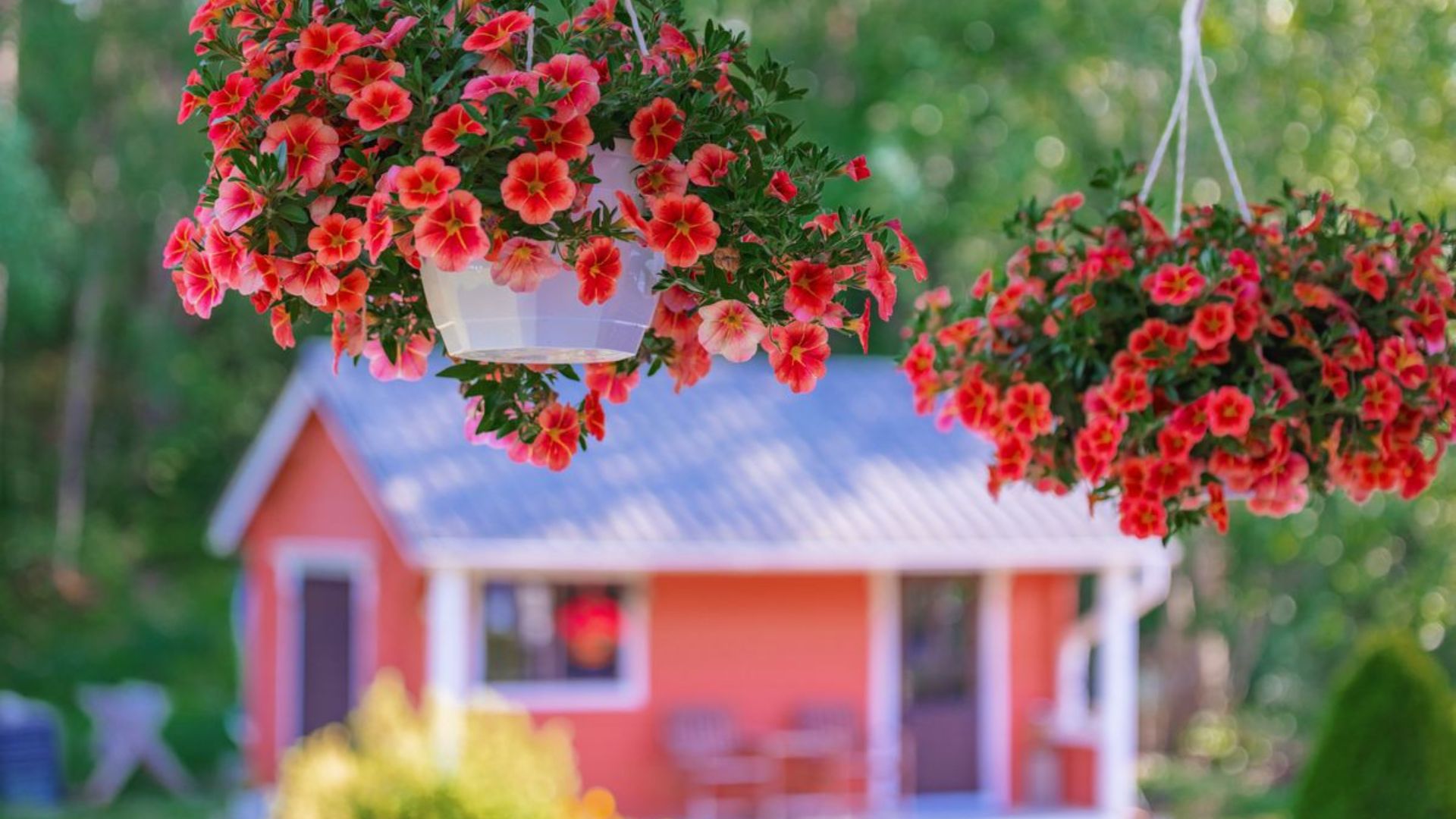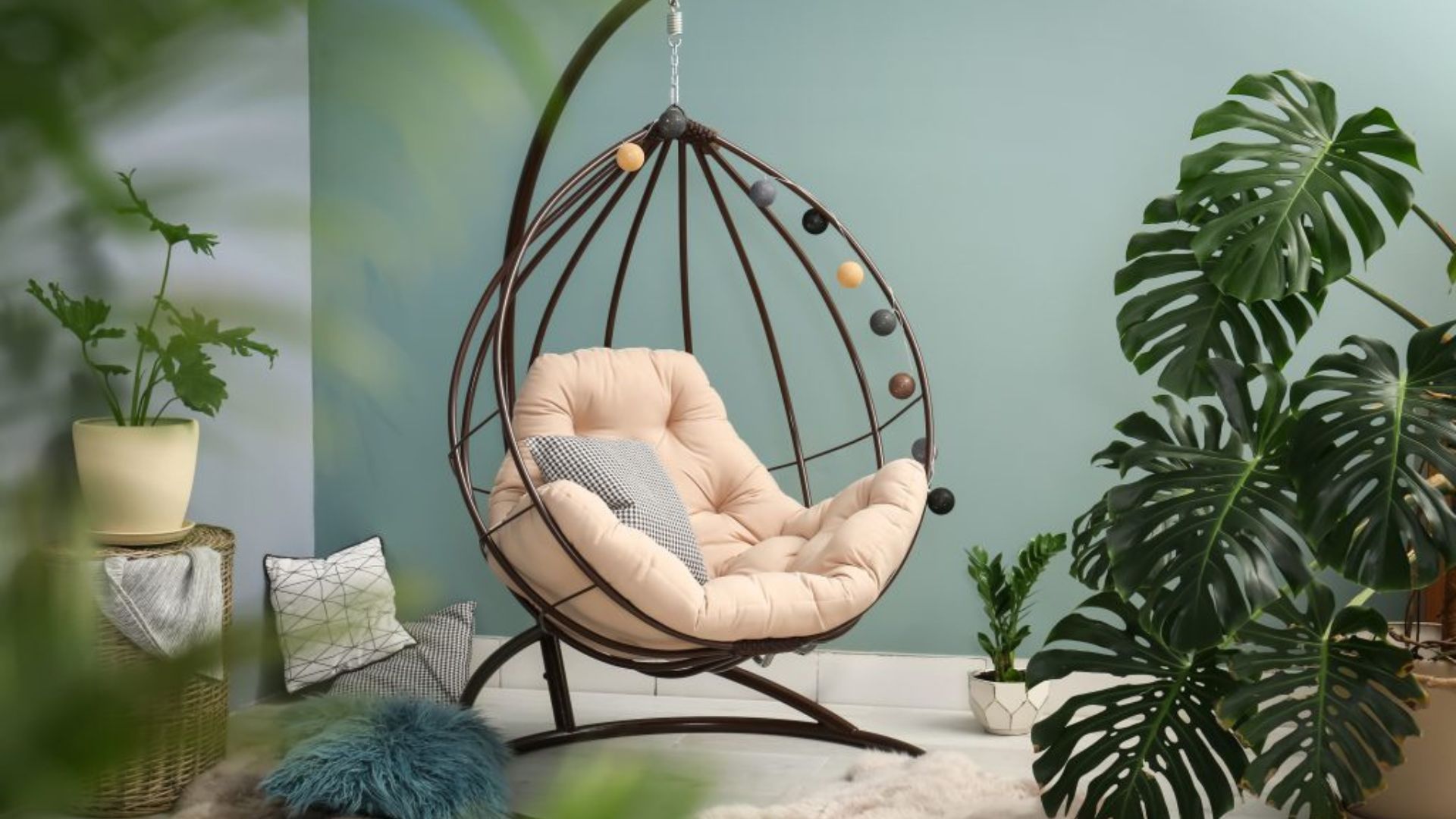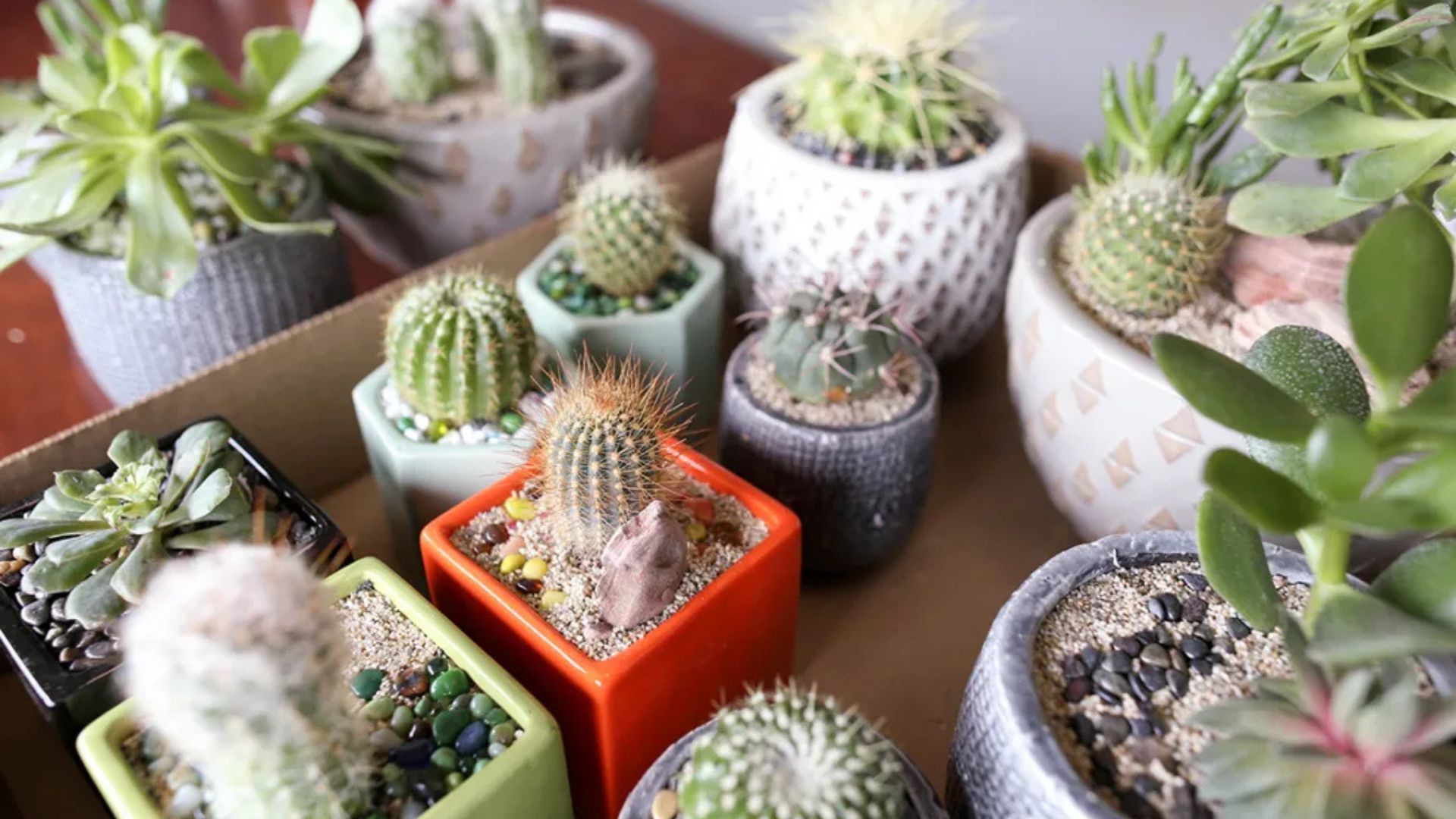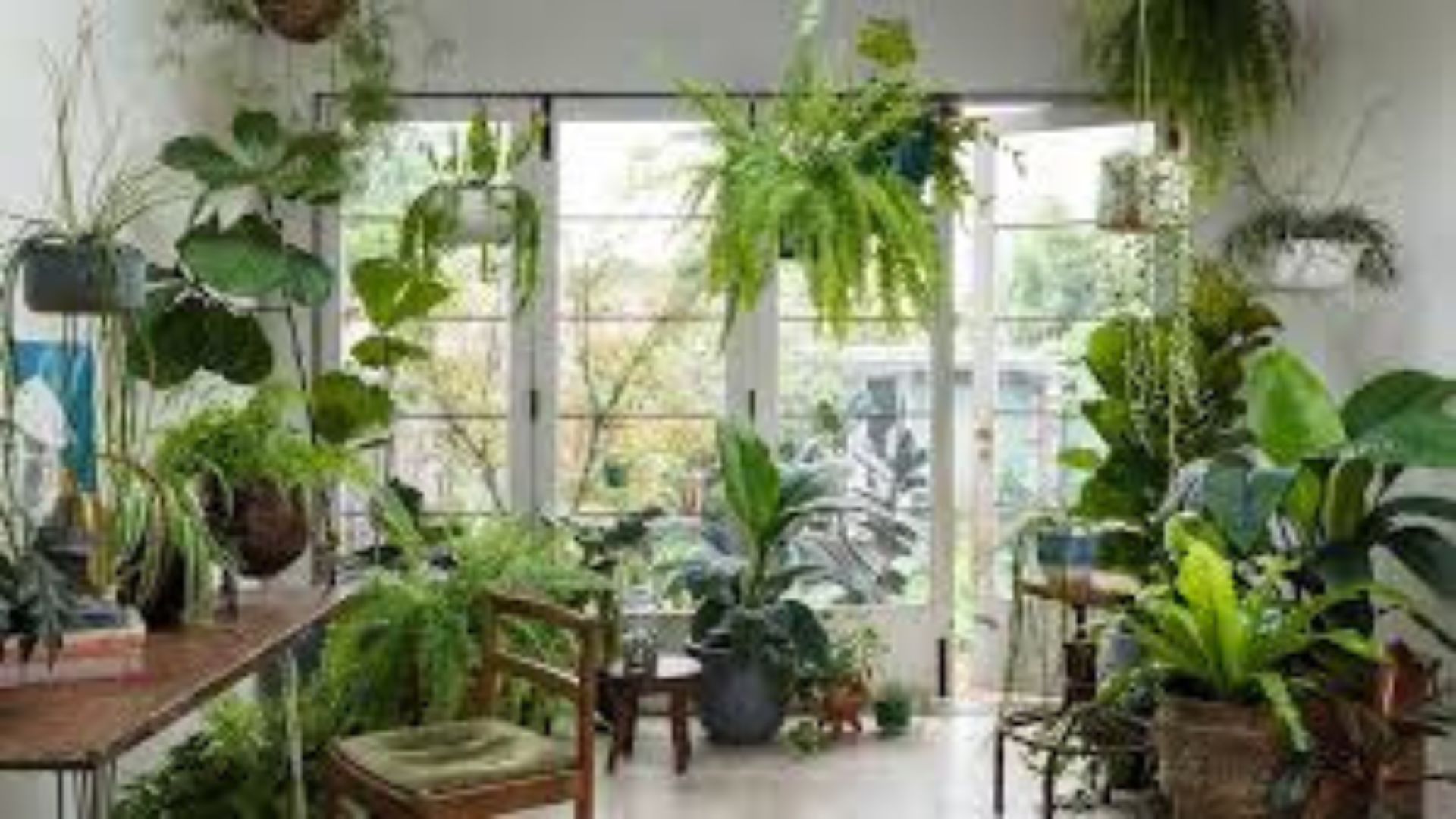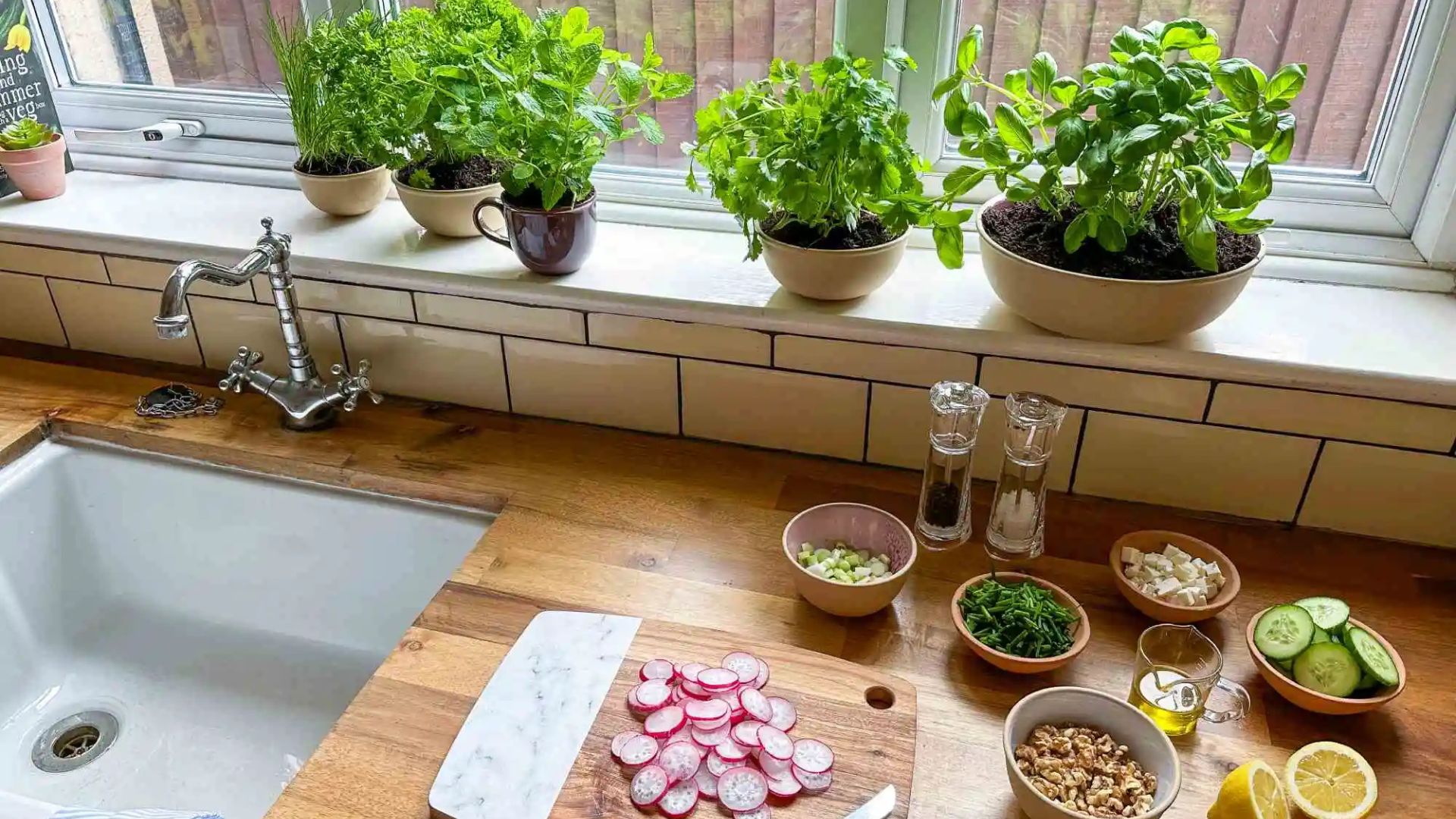Hanging plants are more than just trendy décor—they’re a practical and stunning way to bring life, texture, and color to both indoor and outdoor spaces. Whether you have a small balcony, a spacious garden, or a cozy apartment, hanging plants offer vertical beauty that saves space while enhancing your environment.
In this guide, you’ll learn how to style your indoor and outdoor areas using hanging plants, including placement tips, design ideas, and plant suggestions. Plus, we’ll explore how to create balance, contrast, and harmony using greenery in the air.
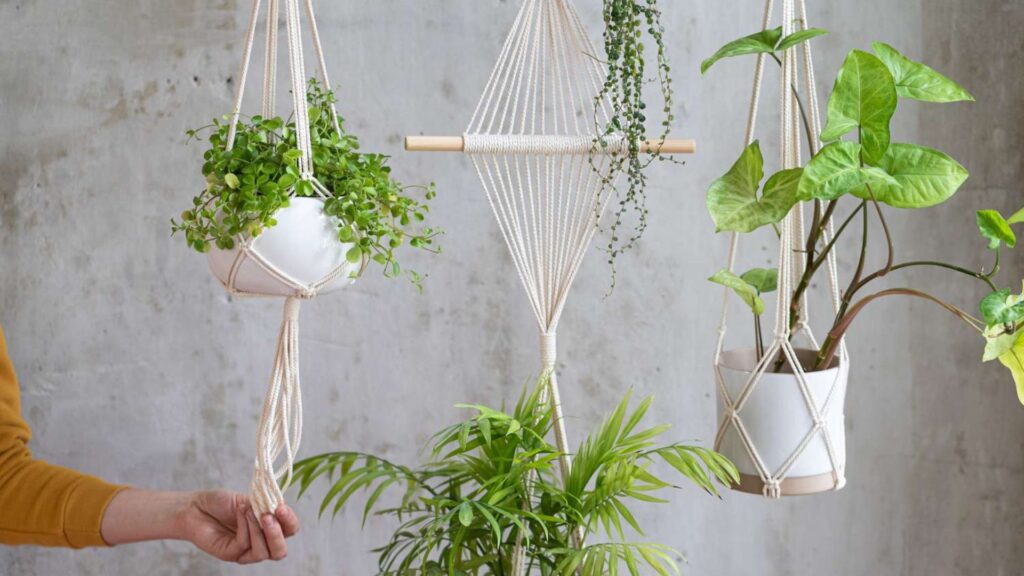
Why Choose Hanging Plants?
Before diving into styling tips, it’s important to understand why hanging plants are such a popular choice. Not only do they make excellent use of vertical space, but they also:
-
Add depth and dimension to flat walls and ceilings
-
Create a lush, layered look without cluttering floors or tables
-
Improve air quality and bring nature closer to your living space
-
Suit any design style—from minimalistic to boho or tropical
Because of these benefits, hanging plants are ideal for people who want to maximize space while still enjoying vibrant greenery.
Styling Indoor Spaces with Hanging Plants
When it comes to indoor styling, hanging plants can completely transform the atmosphere of a room. However, for best results, it’s essential to plan your layout with care.
Use Hanging Plants to Frame Windows
Placing hanging plants near windows not only gives them natural light but also creates a beautiful frame of greenery. This approach softens harsh corners and allows the sunlight to filter through leaves, casting a calming shadow across your space.
Try: Spider plant, pothos, or string of pearls in macramé hangers.
Create a Floating Plant Wall
Instead of hanging frames or art, consider suspending several plants at different heights along a wall. This layered effect adds visual interest and works well in living rooms or offices where you want a peaceful yet vibrant backdrop.
To make it cohesive, use similar planters or uniform colors.
Highlight Corners and Empty Spaces
Corners often go unused, but with a hanging plant or two, they can become mini plant sanctuaries. In fact, trailing vines in corners can soften edges and create a cozier ambiance.
For smaller homes, this technique adds greenery without taking up floor space.
Mix with Art and Lighting
Combine hanging plants with pendant lights or wall art for a truly creative and layered look. For example, a small trailing plant can balance a bold wall print, while a leafy pothos hanging near a reading light can add softness to the room.
Don’t be afraid to mix textures and colors—it helps plants feel like part of the décor, not just an afterthought.
Best Indoor Hanging Plants
To style your indoor space successfully, choose plants that thrive in low to medium light and don’t require heavy watering.
-
Pothos – Fast-growing and tolerant of various lighting
-
Boston Fern – Great for humidity-rich spaces like bathrooms
-
String of Pearls – Elegant and modern look for shelves or windows
-
English Ivy – Beautiful and classic trailing plant
-
Philodendron – Low-maintenance and lush
Conclusion
Styling your indoor and outdoor spaces with hanging plants is a creative and rewarding way to elevate your environment. Not only do they bring beauty and freshness, but they also help save space and purify the air.
By using thoughtful placement, mixing plant varieties, and combining textures, you can transform even the simplest corner into a lush, lively oasis. So whether you’re decorating your living room or refreshing your patio, let your plants take the spotlight—from above.
Style your home and garden with hanging plants. Discover easy tips to elevate indoor and outdoor spaces using greenery and creative displays.






